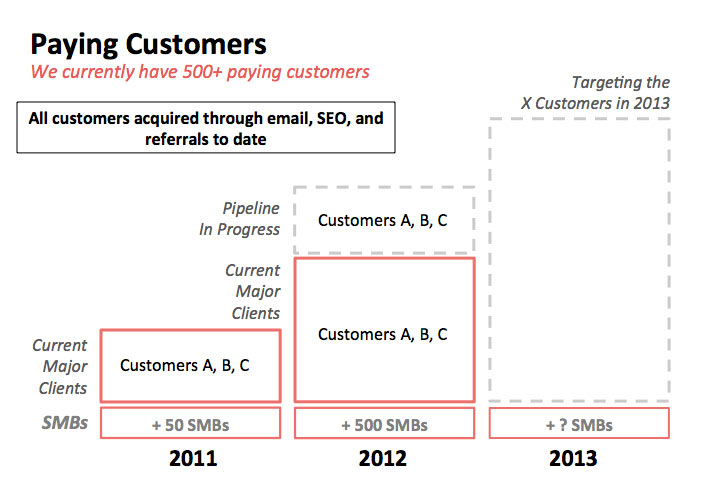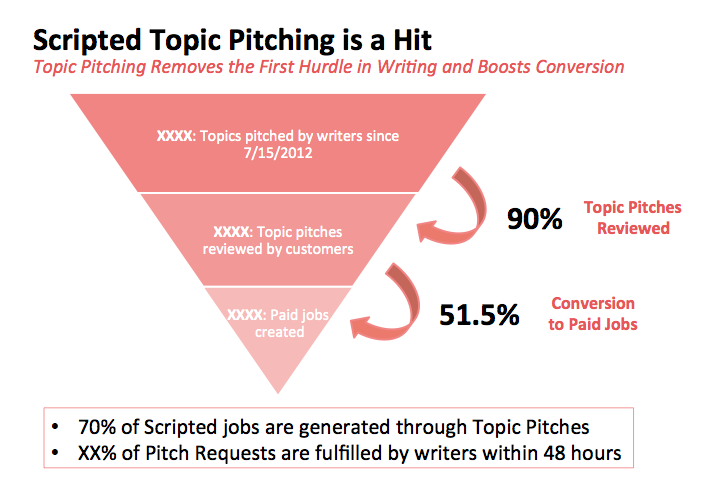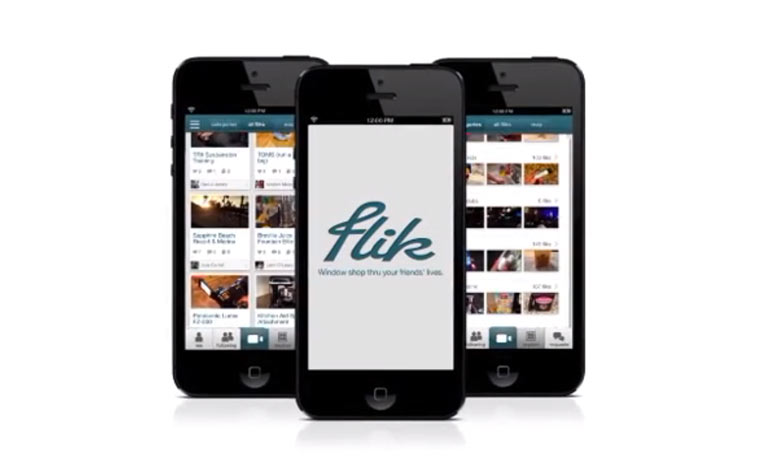 Your startup began because you wanted to create the Airbnb for X or the Match.com for Y. You have visions of thousands, if not millions, of users flooding your site, all of them acting with the best intentions as they rent, share, buy, date, and network.
Your startup began because you wanted to create the Airbnb for X or the Match.com for Y. You have visions of thousands, if not millions, of users flooding your site, all of them acting with the best intentions as they rent, share, buy, date, and network.
Well, they’re liars and full of bullshit.
Not all of them, of course. But the majority of them aren’t totally honest. There’s the online dating girl who posted a picture on her profile from fifteen years ago, the guy who lied about his income and interests, and the opportunistic teen who is selling goods on Craigslist that he just happened to have “borrowed” from a neighbors open garage. Not only are people lying about small facts, but whole identities are fictional as 83 million Facebook users and 20 million Twitter accounts are fake; the odds are good that you’ve had an interaction with a fraudulent individual or social media account in the last month alone.
The scary thing is, opportunities for such fraudsters will continue to grow, a scary proposition for your startup, whether it be a P2P, networking, dating, or any other site that connects people. When you look at it, our new fangled digital economy is built upon increasing amounts of strangers entering into trust-based transactions, and your new startup sits on top of these transactions, which you should be praying go without incident.
If you’re in the startup ecosystem, you’ve probably spent countless hours worrying about how you and your website best ensure that everything is on the up-and-up with the least amount of effort. There are definitely a variety of ways that startups have tried to keep the bullshitters off their site, each which have their own pros and cons. Some of the popular ones include:
- Leverage users social media connections – These days sites are popping up overnight, allowing users to login using their Facebook, Twitter, and LinkedIn accounts. On the face, this is great, as it saves time to get in the door and creates a minimal barrier to entry for each new user, which is one of the goals of any founder. Websites see this as a way to better know their users because at the very least it anchors them to an account that has interactions with others. If you see that Jane has her Facebook account connected to her Airbnb account, you can look for common connections, possible see more about Jane’s education, and make assumptions that Jane seems like a nice gal. You as a platform owner and as someone checking out Jane might feel great . . . that is until you remember the large amount of fake Facebook accounts and realize how low the barrier to entry for most social networks is. Now, one starts to wonder if Jane is really Jane and if she’s not, who did you just let stay in your Manhattan loft. Pro: Utilizes technology that is commonly used. Con: Fake accounts and fraudsters can easily make it onto your site.
- Disclaim It – True, it can be a burden for sites, especially startups, to even think about fraudsters on their site, so many, including a lot of dating sites, will just disclaim it. They’ll say in big, bold type that they don’t conduct background checks or verify their users at all. While this is definitely easy for the site, as they can collect subscription payments as usual, it leaves the consumer, you know the one without the leverage, being stuck chatting with potential fraudsters. Pro: It is cut and dry for the website owner. Con: Users interact at their own risks.
- Vet Them – Some startups will look to tackle this problem head on, spending extra time and money on creating their own vetting system. They may have users send in passport/license photos or run background checks on their users to confirm identity. These steps really begin to show that a site cares about their users, but some consumers have begun to push back as to fears that this is a bit big-brotherish. Do you want a car sharing site having your passport on file for the one time you’re going to use them? Pro: Provides verification for users, so they know who they’re dealing with. Con: The fear of too much personal information locked up with one site.
While these are just a few of the methods used to verify users and keep out the fraudsters, the bottom line is that you must take the proper steps to deliver a great experience to your users and make them comfortable with your service and others on the site. You must not overlook the elements that go into your offering, as many issues likely sprout from such decisions that affect your staffing, your liability, your site’s friction, and how much time and effort is necessary to pull it off.






















